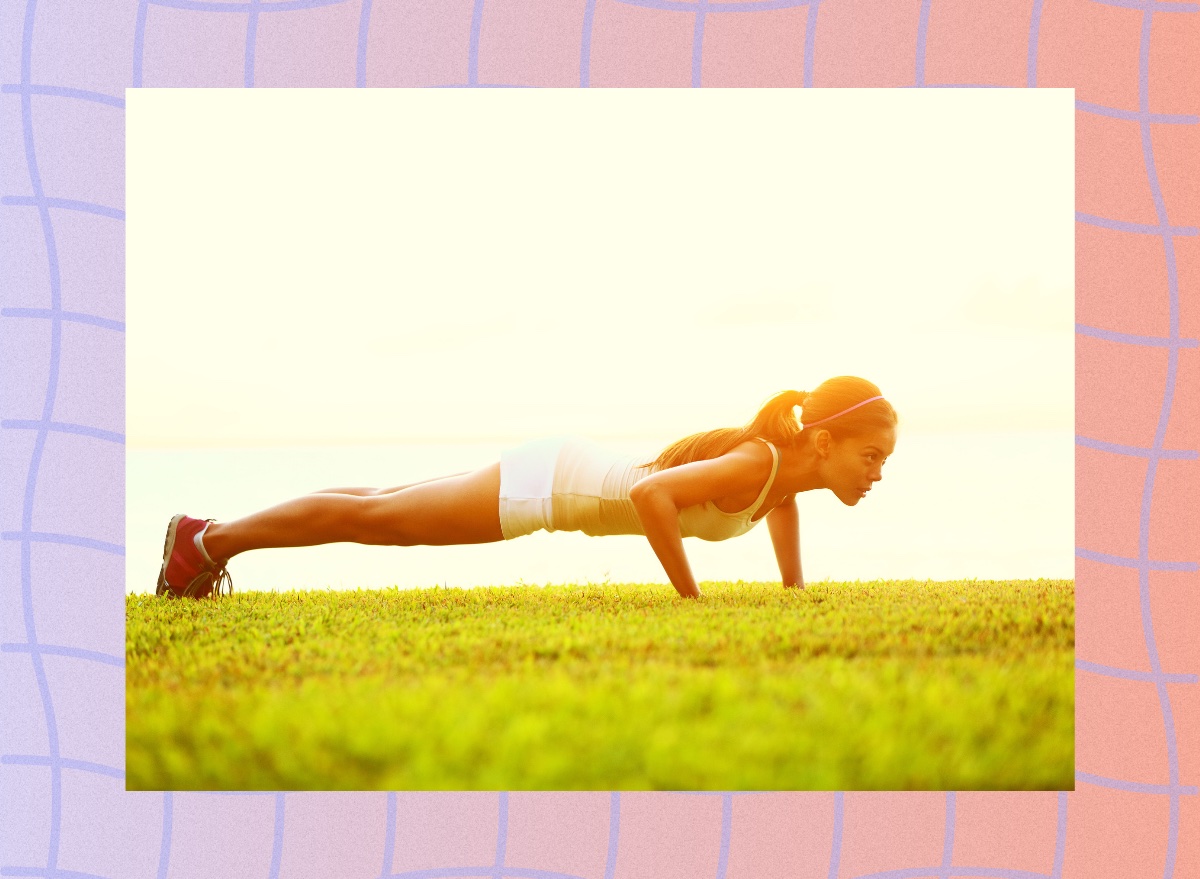
HAVE YOU GOT A PAIN IN THE NECK? YOUR LIFESTYLE IS MOSTLY TO BLAME. HOW TO GET MOVING TO FIX, AND AVOID, THE PROBLEM
- Four in every five people will suffer neck pain in their lifetimes; some will be affected by 'tech neck', from looking at mobile phone screens the wrong way
- Computer users are often affected if they have poor posture. Doctors spell out the correct way to sit, strengthening exercises, and when to take screen breaks
My husband has a pain in the neck. No, not me, but a real one that requires regular visits to a physiotherapist and pain medication prescriptions.
He is not alone: about 80 per cent of us will experience neck pain in our lifetime, and it is the fourth leading cause of disability in the United States.
The US National Institutes of Health estimate one in three people are afflicted each year - women more often than men. The symptoms are usually harmless and go away on their own after a while.
Do you have questions about the biggest topics and trends from around the world? Get the answers with SCMP Knowledge, our new platform of curated content with explainers, FAQs, analyses and infographics brought to you by our award-winning team.
But they might keep recurring. There is a lot of opportunity for neck pain to develop, says Hong Kong orthopaedic surgeon Dr Chow Hung-tsan.
The neck is composed of six major ligaments, seven stacked bones - or vertebrae - labelled C1 to C7 (for cervical, the top of the spine), eight pairs of spinal nerves and more than 20 muscles.
Those are a lot of building blocks within a structure that starts at the base of your skull and ends at shoulder level, in a visible space that is only about 13cm (5 inches) deep. What is more, the neck bears the not insignificant weight of the head, which can be as much as 4.5 kilograms (10 pounds).
How gua sha scrapes away the pains of working from home
Neck pain can be the result of accidents: car crashes can cause a "whiplash" injury to the neck. Most neck pain, though, is down to lifestyle - namely, poor posture, or "prolonged hunching over devices", says Chow. What position is your head and neck in as you read this?
Associate chiropractor Bryan Lo, of Atlas Chiropractic in Hong Kong, says the neck is affected by both macro and micro traumas, the macro being the big events such as a hit in sport, a fall or other accident.
"Micro trauma is more insidious and caused by a sustained or repetitive action over an extended period of time, such as looking down at our phones or at a screen," he says. A name has been coined for such a condition: "tech neck."
Most people, Lo says, think that "the beginning of my pain was the beginning of my problem", but there are often two parts to that.
First is the trigger that causes the pain - usually an activity that previously would have been benign - and second is the underlying condition that has made the neck susceptible in the first place.
Poor posture changes neck curvature
In a healthy spine, Lo says, there are three primary curves that accommodate the high level of movement that the neck is obliged to make - up, down, and side to side. It must absorb the stresses and shocks "like a spring".
A healthy neck maintains curvature called the cervical lordosis, which is a slightly forward curve.
Registered chiropractor Claudia Ng at the Hong Kong Spine Centre explains that sustained poor posture "means that the head is held in a downward or more forward position than the neck, and the lordosis will be reduced or even reversed". This is also known as swayback.
If our heads are bent forward all the time, our necks will slowly lose that healthy curve, says Lo.
"It takes about one to five years for a loss of curve to occur and another five to 15 years of continued degeneration for a reversal of curve to be seen," he adds.
If that healthy curve is lost it will result in a reduced range of motion, which may lead to a stiff neck, Ng says, and there may be "clicking" sounds when you move your neck or rotate your head.
"If the biomechanics [the way our bodies move] are not corrected, the excessive stress can wear out the joints quickly."
Osteoarthritis may develop, Ng warns. The affected discs may start to bulge or herniate. Nerve roots may be impinged - causing trapped nerve pain that triggers numbness or pins and needles.
How to safeguard neck health
Neck problems affect people of all ages. Unfortunately, says Lo, he is seeing children as young as nine years old with a loss of cervical curve and people with a curve reversal who are in their early twenties - which speaks to the screen addiction many parents worry about.
Neck pain does not always happen in isolation. Patients often come in with headaches or shoulder pain too.
"When we start treating the underlying cause, restoring the structure and function of their spine along with their pain, we find that their pain naturally goes away and stays away because they no longer need to work as hard to stabilise their spine," Lo says.
Insufficient exercise and lack of stretching can also contribute to muscle weakness and joint stiffness in the neck - just as it would any part of the body.
Chow advises taking regular breaks from prolonged sitting or viewing screens, getting up to stretch every 30 to 45 minutes, and doing regular exercises that strengthen the neck and upper back muscles.
Working posture impacts the neck
Be mindful of your posture, he stresses, particularly while working at a desk.
The height of a computer monitor, chair, and desk, and your distance from the monitor, all have a direct impact on neck pain. If the screen is too far away, you may be forced to extend your neck forward and slouch to see better.
If your arms are not supported on the desk or by armrests, there is an extra load on the neck which will exacerbate strain. The direction of your gaze as you look at the screen also affects the neck - whether it is extended or flexed.
As for mobile phones, Lo recommends the "nipple rule" - holding a phone at or above the imaginary line between the nipples on the chest when using it.
"This goes a long way to decrease the amount of forward tilting the average head does and decreases the overall micro stress through the neck," he says.
Symptoms that warrant medical attention
Chow stresses that some symptoms may indicate more serious problems. See a doctor quickly if you are experiencing severe or worsening neck pain, pain radiating down the arms or legs, numbness or weakness in the arms or legs, difficulty with coordination or balance, or a severe headache.
These may be signs of infection, cancer or disease.
Headaches, stiff neck? Maybe you have a brain aneurysm. What to look out for
Rare neck disorders include vertebrobasilar insufficiency (VBI), a reduced or stopped blood flow to the back of the brain usually caused by hardening of the arteries.
Upper or lower motor neuron lesions are another issue; motor neurons are nerve cells in the brain and spine that control movement, and lesions indicate damage that may be caused by injury or disease.
A cervical fracture - usually after a fall or blow to the head or neck - could also be the cause of neck pain.
For neck pain caused by lifestyle, healthcare practitioners generally prescribe muscle relaxants, physiotherapy, heat or cold therapy, or pain medications.
Lo urges people to look for ways to avoid neck pain.
"People often fail to identify the habits that are creating their susceptibility in the first place," he says. "You want to build momentum towards lasting wellness, and not just healing from continuous sources of degeneration."
Like what you read? Follow SCMP Lifestyle on Facebook, Twitter and Instagram. You can also sign up for our eNewsletter here.
More Articles from SCMP
They’ve written for BTS, Tia Ray, Priscilla Abby – and they combined in Hong Kong to make new songs
Contractors going at ‘full speed’ to deliver 29,000 light public flats: Hong Kong housing chief
Hong Kong police arrest 6 suspected teenage triad members involved in scuffling
This article originally appeared on the South China Morning Post (www.scmp.com), the leading news media reporting on China and Asia.
Copyright (c) 2024. South China Morning Post Publishers Ltd. All rights reserved.
2024-04-27T11:34:42Z dg43tfdfdgfd











